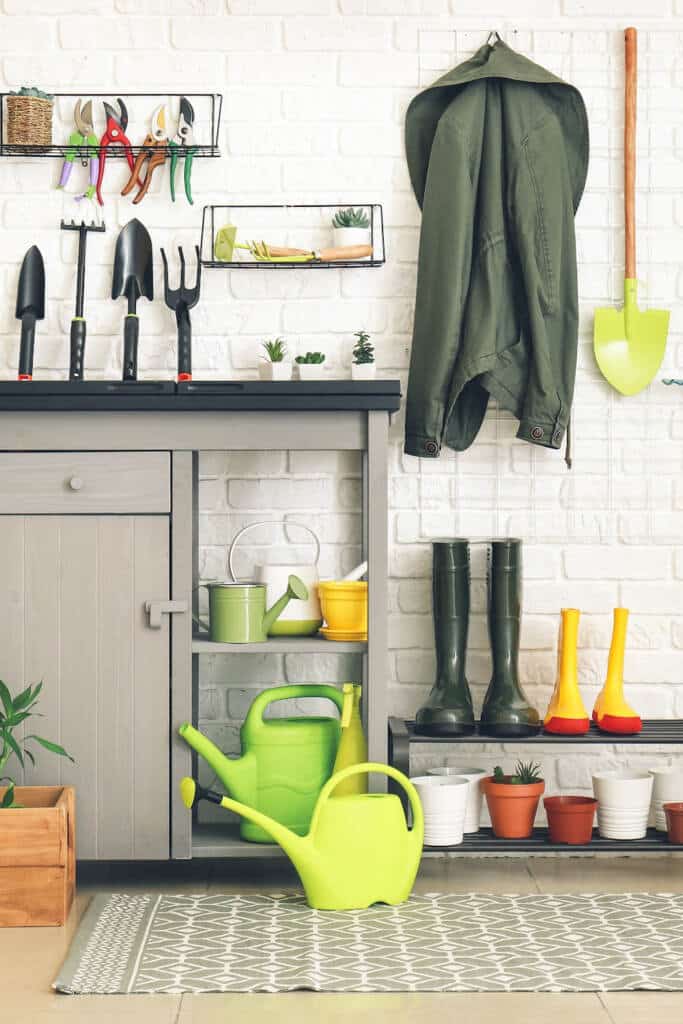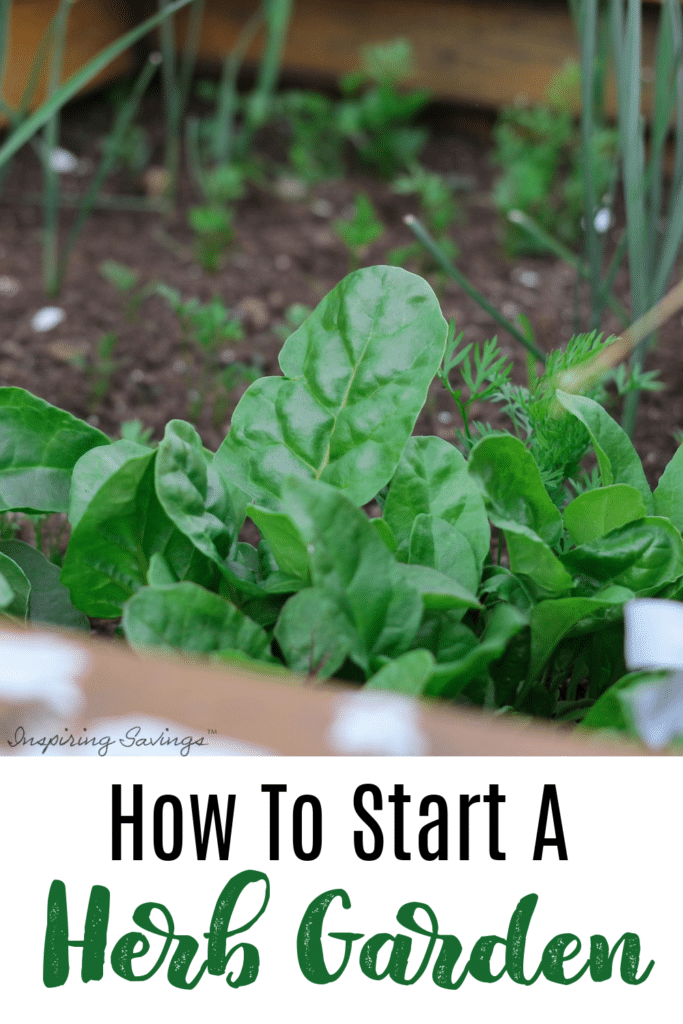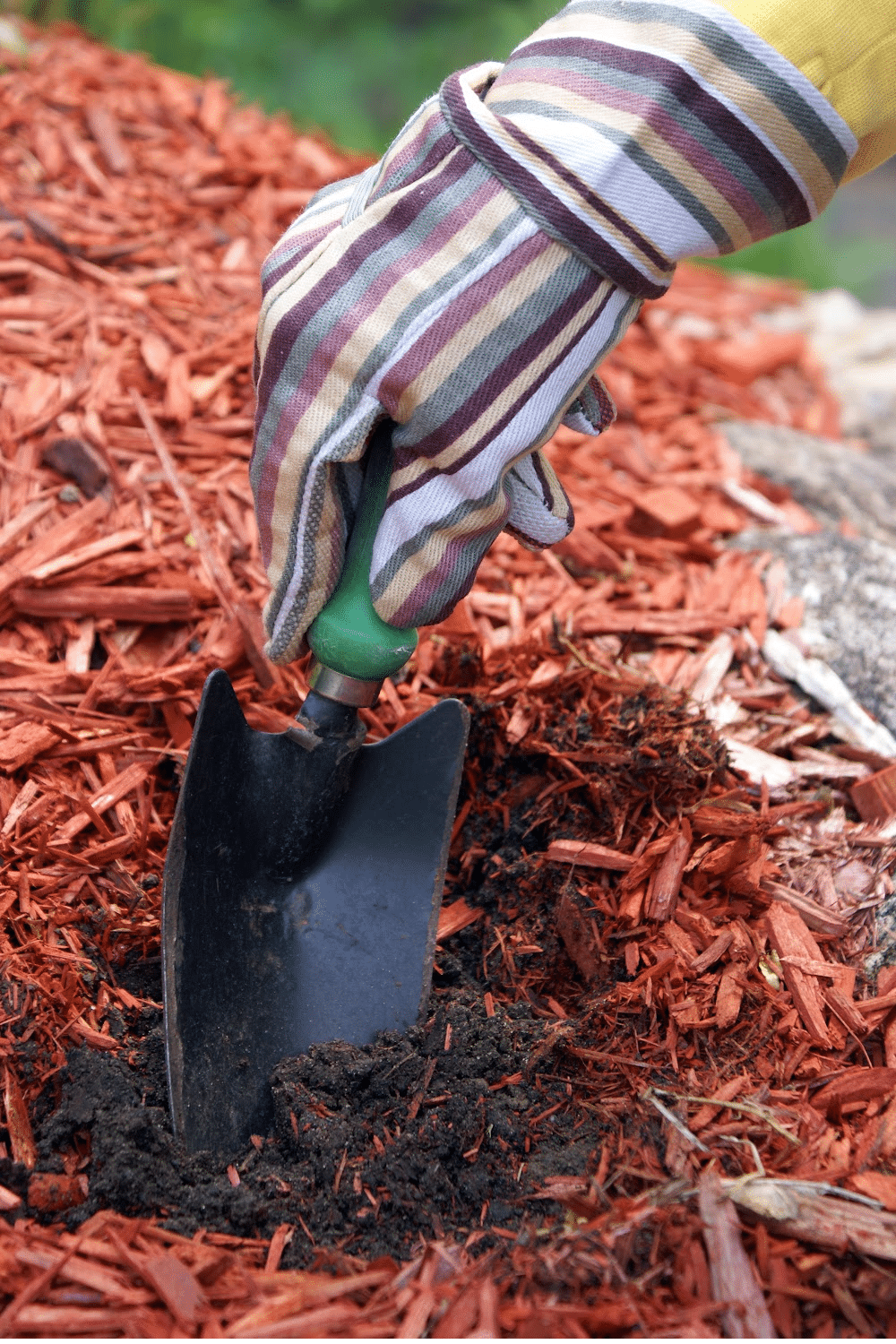A Beginner’s Guide to Growing an Herb Garden
Discover the joy of gardening with our Beginner’s Guide to Growing an Herb Garden! This blog post offers easy-to-follow tips for choosing the right herbs, preparing your space, and nurturing your plants. Whether you have a small balcony or a spacious backyard, you’ll learn how to cultivate fresh herbs that enhance your cooking. Get ready to dig in and enjoy the rewarding experience of home gardening!
Spice Up Your Cooking: A Beginner’s Guide to Growing an Herb Garden
Growing your own Kitchen Herbs can be one of the easiest things for the budding gardener to do. Gardening can be fun and rewarding, and nothing beats cooking with fresh herbs from your very own garden. If you are new to gardening or growing herbs, it is best to start with a type of plant that is easy to grow and will guarantee success.
Herbs are easy to grow from seeds, and the home gardener can grow hundreds of different herbs. Most of my gardening experience comes from helping my mom with a garden when I was younger. As I grew older and eventually claimed the land of my own (with my hubby), I started experimenting with growing my herbs.
In the beginning, I experimented a lot. I had plenty of failures, but I also had great success with plants that weren’t even supposed to grow here in Upstate New York. Like Luffa Gourd or my Avocado Tree, who knew? I honestly think it must have been pure bad luck because the longer I gardened, the more I learned and started to figure out which herbs grow well and which do not.

About Herb Gardening
Herb gardening is different from growing a flower or vegetable garden. Most grow quickly from seed. Others will reseed themselves and will give you fresh new plants that will continue to grow over the years to come. Here are a few simple steps that can get you started with your very own herb garden.
1. Gather Your Needed Materials
A raised bed approximately 3-foot square, a garden bed 3 ft square, window boxes, containers, etc
Topsoil, soil mix & grit
A Trowel or Small Shovel
Plant food (optional).
2. Choose Your Herb Garden Location
It is nice to have your Kitchen herb garden just outside the kitchen, but, ideally, you should have your herb garden in a spot where it gets some sun and some shade throughout the day – this will give you the right conditions to grow a wide variety of herbs.
If you do not have a raised bed or a large area to plant a herb garden, you can use containers, window boxes, or even gaps between paving stones – no rule says they should all be in a square bed!
3. Prepping The Soil For Your Herb Garden
Place a layer of grit in the bottom of the bed approximately 3 inches deep. Cover this with 6 inches of soil mix and fill it to the top with topsoil. If you are digging a bed in the garden, dig down approximately 12 inches and turn the soil thoroughly, making sure it is weed-free. If you use containers, place a little grit or some small stones in the bottom for drainage and fill with soil mix.
4. Decide Which Herbs You Want To Plant
When choosing which kitchen herbs you want to grow, think about what you will be more likely to use and how much space you have. Plant herb staples such as sage, parsley & thyme, but don’t forget to throw in some more unusual herbs such as lovage & fennel.
Just to experiment with. HEY!! You never know. Purchase a mixture of annual & perennial herbs and start your planting in mid-spring, after the last frost. Sowing/planting times are as follows:
Mid-spring
Rosemary – perennial
Lovage – Tall perennial
Sweet Cicely – perennial
Bronze Fennel – perennial
Thyme – perennial
Purple Sage – Evergreen shrub
Late spring
Cilantro – annual
Starflower – annual
Purple basil – annual
As you get to the end of the summer, you can plant mustard greens and arugula in the gaps left by the annuals. In the late fall, planted garlic cloves can be picked as leafy spikes in the spring and as bulbs in the summer.
5. Planting Your Herb Garden
Ease your herbs gently from the pots you have purchased them in. Dig a hole so that the plant will sit no deeper than it was in its original container. To help them establish, gently loosen their root balls before planting. Take care to plant the herbs that will grow tall at the back of the bed and space the herbs about 3 inches from the next one to ensure adequate growing space.
6. General Care Tips & Tricks
Trim your herbs regularly if you don’t use them in the kitchen. This will prevent them from flowering early.
- Remove dead or fading leaves.
- Keep the bed free of weeds.
- Check for pests such as slugs and snails regularly.
- Keep them well-watered.
- Provide support for tall-growing herbs.
Following these simple steps, you will have a flourishing herb garden and be enjoying the taste of fresh herbs in no time. Now, aren’t you excited about getting started? Also, did you know some herbs keep better on the counter than in the fridge? It is true. Here is a good read for you –Foods that should not be stored in the refrigerator.
Other Summer Time Posts
How to Make Frugal Plant Holders Out of Old Pans
Fun Birthday Party Game – Painted Rock Outdoor Tic Tac Toe Set
Super Cool Eco-Friendly Products That Work & Help Save Money
This post may contain affiliate links or sponsored content. Disclosure Policy









What a great post. Awesome to learn so much!
We love having our own herbs. Its so fun to get kids involved too!
I pretty much like the idea of making gardens these days. Imagine making a herb garden in a bigger land that can supply to the whole area, that sounds great to me.
It sounds wonderful. You are talking my love language.
Fantastic tips. I live in an apartment so I don’t have much space for a kitchen garden. But one day I would love to have my herb garden and these tips will be very helpful.
I did a herb garden before but couldn’t find the time to do it again in our new house. Those are some great tips to keep in mind and thanks for the share.
You’re welcome. I hope you venture out and try gardening once again.
I used to do some gardening, but ran out of time to maintain it. I would love to start fresh. These are all great tips for getting a garden put together!
I am not at all a gardening person but your ideas seem really good. I would love to try them.
Hhhhmmm….thanks for sharing your guide. For this year, I haven’t settled for any herb to plant.
Looks like I will be busy these coming weeks. I would love to grow my own kitchen herb garden.
Awesome tips, I would love to my garden and these will be helpful when we want to add herbs. Thank you for sharing!
You’re Welcome.
I always loved to grow my own herbs in the comfort of my home. Thank you for these tips!
Herb gardens are a great idea! We have tried them before, but with only minimal success. The mint we grew turned out well, but other herbs like basil, not so much. We don’t have the “green thumbs” that many seem to have.
Thanks so much for sharing those tips! It’s so helpful to start herb garden.
I love these tips. I have an herb garden, and nothing is better than fresh. Everyone needs to give this a read an a try.
These were such helpful article about how I can start my own herb garden! I’ve always wanted to do one, especially since I love cooking with fresh herbs! I will swing by Home Depot this weekend to try your tips!
I love your enthusiasm and I know you will not regret it. Happy Gardening.